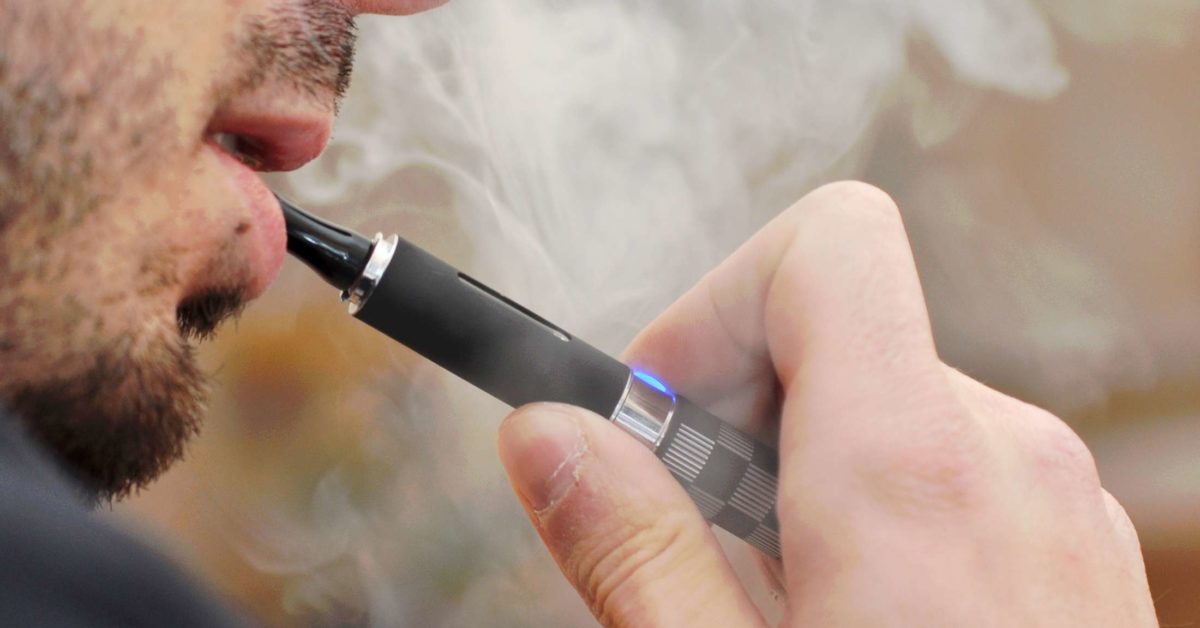From Ashes to Vapor: A Journey of Health Transformation when Quitting Smoking for Vaping
Explore the health transitions and impacts when one quits smoking cigarettes and shifts to vaping. Changes, benefits, and risks explained.

Quitting smoking is a significant milestone in anyone's life. The journey to a healthier lifestyle often involves many changes, one of which could be switching from traditional cigarettes to vaping. The shift from smoking to vaping brings with it many physical and psychological effects that are worth discussing.
When you quit smoking, your body begins to heal itself almost immediately. Within 20 minutes of your last cigarette, your heart rate and blood pressure begin to drop, and the carbon monoxide level in your blood returns to normal after about 12 hours. These initial effects are accompanied by a series of withdrawal symptoms such as irritability, anxiety, and strong cravings for nicotine. These withdrawal symptoms are the body's response to the sudden lack of nicotine; however, they typically lessen over time.
Vaping, while not completely harmless, is generally considered less harmful than traditional cigarettes. Vaping is a way to consume nicotine without the many harmful chemicals found in tobacco smoke. When you switch from smoking to vaping, nicotine withdrawal symptoms can be mitigated while the body continues to heal from the effects of tobacco smoke. Over time, the benefits can include improved lung and heart health, improved sense of smell and taste, and decreased risk for various types of cancer.
On the other hand, vaping has its own set of potential health risks. E-cigarettes and vaporizers still deliver nicotine, an addictive substance, and they may also contain other harmful chemicals. Some studies suggest that vaping can harm the lungs and cardiovascular system, and the long-term health effects of vaping are not yet fully understood. Therefore, while vaping may serve as a stepping stone in the transition from smoking, it should not be viewed as a completely safe alternative.
Moreover, the psychological aspects of quitting smoking and starting to vape cannot be overlooked. For many, smoking is not just a physical addiction, but also a psychological one. The rituals associated with smoking, such as the act of holding a cigarette or the social aspect of smoking breaks, can be difficult to give up. Vaping can provide an alternative outlet for these habits, which may make the transition easier for some individuals.
Overall, quitting smoking and starting to vape is a complex process that involves both physical and psychological changes. While vaping may assist in the transition away from traditional cigarettes, it is important to remember that it is not without its own risks. The ultimate goal should be to quit nicotine entirely for optimal health benefits. Everyone's journey is different, and it is important to seek medical advice to find the best cessation method for you.



